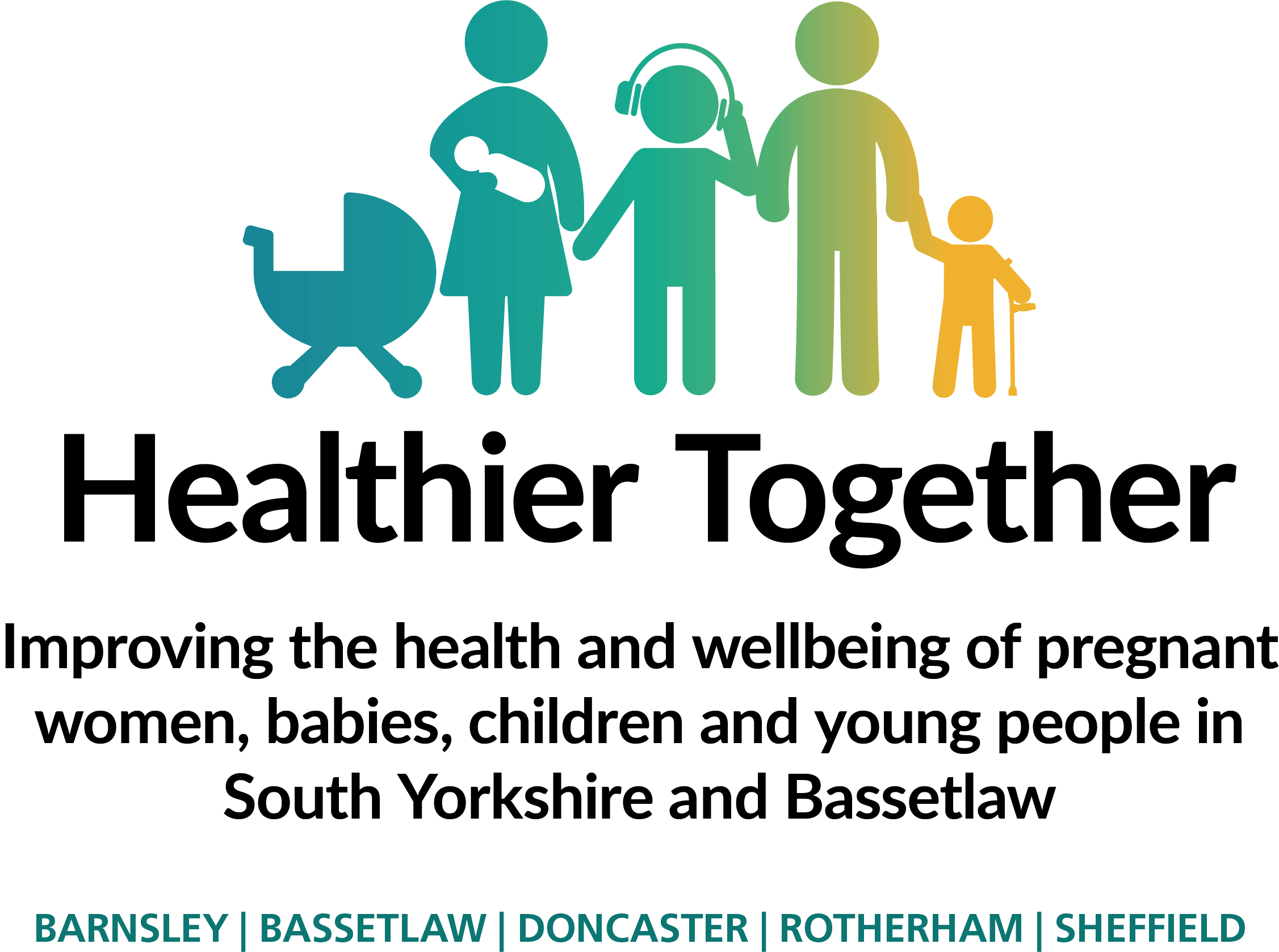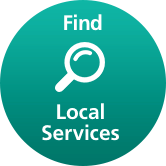Burns & Scalds
Hot drinks are the leading cause of burns in children. 30 babies and toddlers go to hospital every day in the UK with a burn caused by a hot drink.
Prevention
In the Kitchen
- Keep hot drinks away from young children
- Don't pass a hot drink over a child
- Never hold a baby and a hot drink at the same time
- Make a SafeTea zone: a safe place for hot drinks in your home, out of reach of small children
- Ensure that bottles of formula feed are mixed well to avoid hot spots and check that the temperature of the milk is lukewarm before feeding.
- Use a kettle with a short or curly flex to stop it hanging over the edge of the work surface, where it could be grabbed.
- When cooking, use the rings at the back of the cooker and turn saucepan handles towards the back, so they can’t be grabbed by little fingers.
- Consider using a safety gate to restrict access to the kitchen.
Around the Home
- When you’ve finished using your iron or hair straighteners, put them out of reach while they cool down. Make sure your child can’t grab the flex while you’re using them.
- When you run a bath for your baby, put the cold water in first, then add hot water to get to the right temperature. Use a bath thermometer to check.
- If you can, fit a thermostatic mixing valve (TMV) to regulate water temperature.
- Use an appropriate sunscreen and keep your baby/ child in the shade where possible.
- Fit smoke alarms on every level of your home. Test them every week and change the batteries every year.
- If you have an open fireplace, always use a fireguard that encloses the whole fireplace and make sure it's attached to the wall. Don't place anything on it or hang things from it.
Video Carousel
Now showing: Video 1 of 2
First Aid
Cool
Stop the burning process as soon as possible. This may mean removing the person from the area, dousing flames with water, or smothering flames with a blanket. Do not put yourself at risk of getting burnt as well.
Cool the burn or scald with cool or lukewarm running water for 20 minutes as soon as possible after the injury. Never use ice, iced water, or any creams or greasy substances like butter.
Clear if possible
Remove any clothing or jewellery near the burnt area of skin, including babies' nappies. But do not try to remove anything that's stuck to the burnt skin, as this could cause more damage.
Moderate temperature
Keep yourself or the person warm. Use a blanket or layers of clothing, but avoid putting them on the injured area. Keeping warm will prevent hypothermia, where a person's body temperature drops below 35C (95F). This is a risk if you're cooling a large burnt area, particularly in young children and elderly people.
Treat the pain
Treat the pain from a burn with paracetamol or ibuprofen. Always check the manufacturer's instructions when using over-the-counter medication. Children under 16 years of age should not be given aspirin.
Raise area
Raise the affected area, if possible. This will help to reduce swelling.
Assess
Once you have taken these steps, you'll need to decide whether further medical treatment is necessary.
[Text from NHS website]
- Large burns bigger than the size of the affected person's hand
- Deep burns of any size that cause white or charred skin
- Burns on the face, neck, hands, feet, any joints, or genitals
- All chemical and electrical burns
- Any other injuries that need treating
- Any signs of shock – symptoms include cold, clammy skin, sweating, rapid, shallow breathing, and weakness or dizziness
You should also go to hospital if you or the person who has been burned:
- is under the age of 10
- has a medical condition, such as heart, lung or liver disease, or diabetes
- has a weakened immune system (the body's defence system) – for example, because of HIV or AIDS, or because they're having chemotherapy for cancer
- If someone has breathed in smoke or fumes, they should also get medical attention at hospital.
Some symptoms may be delayed, and can include:
- coughing
- a sore throat
- difficulty breathing
- singed nasal hair
- facial burns
You should also go to A&E if you have been injured intentionally, or think someone has been injured intentionally.
You need urgent help.
Go to the nearest Hospital Emergency (A&E) Department or phone 999
If the wound becomes infected or doesn't appear to be healing well.
You need to contact a doctor or nurse today.
Please ring your GP surgery or call NHS 111 - dial 111
Most burns and scalds are minor and can be treated at home.
Continue to treat the pain and if necessary repeat the cooling process, replacing with new cling film or clean plastic bag to protect from infection.
Blisters will burst naturally. The raw area underneath them needs a protective dressing.
Ask your pharmacist or practice nurse for advice.
Self care
Continue providing your child’s care at home. If you are still concerned about your child, call NHS 111 – dial 111
For more information about electric shocks, chemical burns and sunburn, refer to NHS website treatment guidance.




